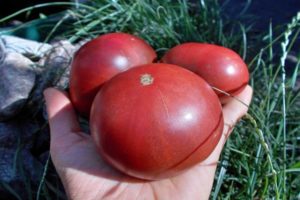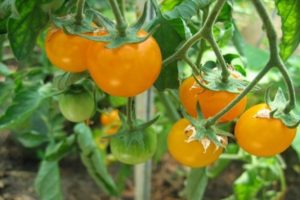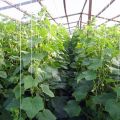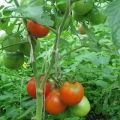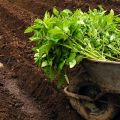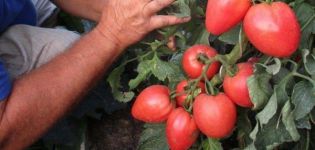What fertilizers and when to use for feeding tomatoes in a greenhouse
The choice of fertilizer for tomatoes in the greenhouse must be approached very carefully. Indeed, the yield of the crop depends on this. To solve this problem, each farmer uses his own recipe. Therefore, there are quite a few feeding options. But it should be borne in mind that the purpose of feeding is to improve the soil and supply the plant with all the elements. So, how to feed tomatoes in a greenhouse, and what fertilizers and when to use?
Features of the soil
Before choosing fertilizers, it is worth considering the characteristics of the soil. This will allow you to choose a substance that will eliminate all its shortcomings. What are the features of the soil in the film covering:
- In greenhouses and other film coatings, it is difficult to adhere to the rotation rules for certain crops. If tomatoes are grown exclusively in a greenhouse, then they are planted in the same place every year. As a result, soil depletion occurs. Every year, the plant takes the same elements from it.
- Also, film covers are distinguished by a small amount of soil mass. Of course, this problem is relevant in the case of using bulk areas or boxes. In the open ground, there is a natural migration of certain substances. As for the greenhouse, such processes are practically excluded in it. Therefore, you need to carefully monitor the condition of the soil.
- To control pests and diseases in the greenhouse, various chemicals are used. Their disadvantage is that as a result of their use there is a risk of harming the soil microflora. As a result, its fertility is significantly reduced.
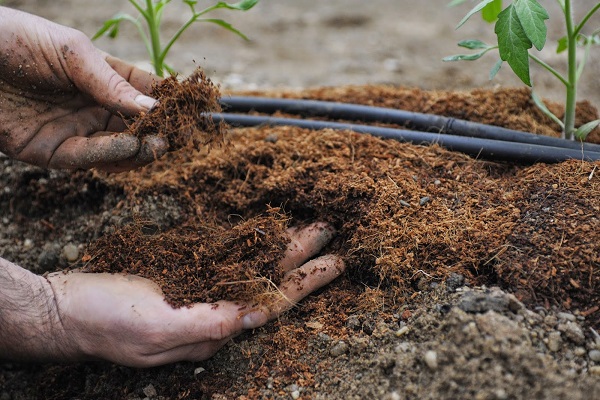
To create optimal conditions for the normal development of plants, you need to seriously think about how to increase the fertility of the soil. There are several ways to solve this problem. Among the main ones it is worth highlighting:
- First option. In the greenhouse and other film covers, a complete replacement of the soil used is carried out. And this means that if plants have already been planted in it, then you should not reuse it, since it is poor in nutrients. As a result, this will negatively affect yields.
- Second option. The essence of the method is to apply certain fertilizers to the soil. This will saturate it with all the necessary nutrients, which as a result increases its fertility. This method is used in both small and large-scale greenhouses.
Fertilizing tomatoes can significantly increase yields. Of course, in order to achieve the desired result, it is necessary to correctly approach the choice of substance. So, how to feed tomatoes in a greenhouse?
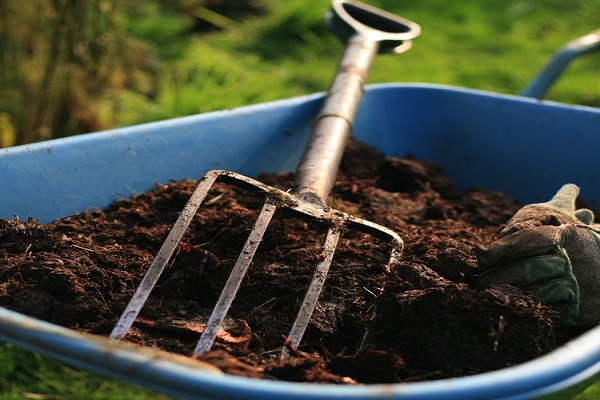
Popular organic fertilizers
When choosing a substance for feeding tomatoes after planting in a greenhouse, there is no need to focus on only one method. Today on the market there is a large selection of preparations that are used to fully fertilize the soil. But, experienced farmers recommend paying special attention to popular organic fertilizers. So, how to feed tomatoes:
- Litter of sheep and livestock. It is a versatile fertilizer containing a large amount of organic matter. To protect the greenhouse plant, it is pre-composted. You can use manure after a year, after adding it to the compost heap.
Interesting: Cow dung is very popular. But, if an early crop is being grown, then it is better to opt for horse droppings. It generates quite a lot of heat, which allows you to heat the soil and protect the plants from hypothermia.
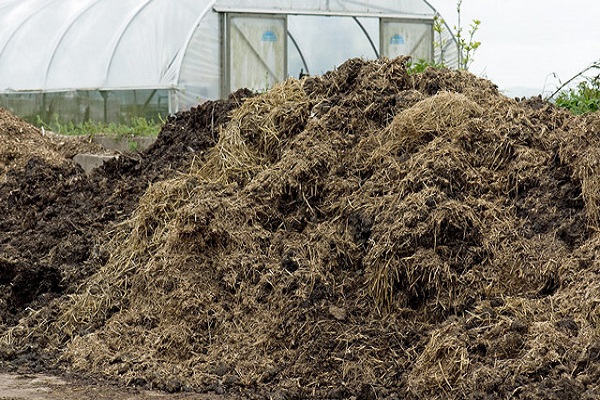
- Chicken droppings. It is a rich, effective fertilizer. Poultry droppings contain potassium, nitrogen, and phosphorus. It is better to feed tomatoes in a polycarbonate greenhouse with dried droppings, which were previously subjected to high-temperature processing. This allows you to destroy the eggs of helminths, as well as the seeds of various weeds.
- Peat. The fertilizer contains a sufficient amount of organic matter and also has good moisture-regulating properties. Humidity is also very important. Therefore, you simply cannot do without peat. The only drawback is that the use of a large amount of the substance can lead to an increase in soil acidity. This negatively affects the growth as well as the yield of the plants.
- Siderata. In this case, we are talking about the mowed grass, which is grown directly on the site, and after mowing is dug up together with the ground.
- Other substances in the form of wood shavings, sawdust and fluff. With their help, it is possible to ensure the cultivation of healthy and developed plants that will give a fairly good harvest.

Organic substances from various manufacturers can be found on the market today. They consist of humic and fulvic acids, which are found in natural soil. Growth stimulants and various bactericidal substances are used as additional components. Complex fertilizers are especially popular, which contribute to the recruitment of phytomass, as well as the development of the root system.
Inorganic drugs
For feeding tomatoes, inorganic substances are also widely used. These fertilizers are rich in macro- and microelements. They are essential for healthy fruit formation. Fertilizing tomatoes in a greenhouse is possible with the following substances:
- Phosphorous substances. This primarily concerns phosphates and superphosphates. As the name implies, they contain phosphorus, as well as superphosphate and other trace elements that are needed for the normal development of bushes and the formation of fruits. They are included in the comprehensive care of the culture.
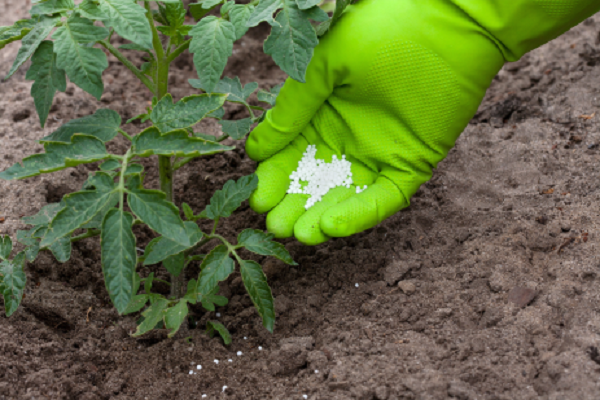
Important: experts recommend use superphosphate in granules.
Of course, it costs a little more, but it is very convenient to use.
- Potash fertilizers... Often used during fruit ripening. With their help, you can improve their taste. Popular options include monophosphate and potassium chloride. Such an element is contained in wood ash, which is formed after burning needles.
- Nitrogen fertilizers. The substance is available on the market in a wide range. It must be used very carefully. A sufficient amount of fertilizer stimulates plant growth, but if it is applied in large quantities, it will lead to an increase in soil toxicity. As a result, excess nitrates can be formed in the fruit, which further leads to serious food poisoning.
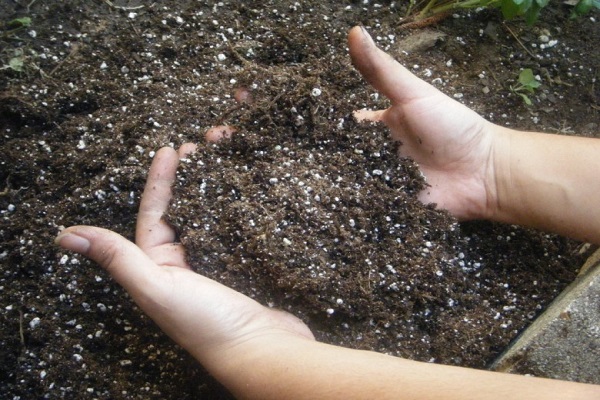
You can buy inorganic fertilizers at just about any grocery store. Before using them, you need to carefully study the instructions. This is especially true for substances that contain nitrogen in their composition. Otherwise, top dressing can harm both the plant and the quality of the fruit.
How to fertilize tomatoes
Top dressing of tomatoes in the greenhouse is carried out in accordance with some rules and recommendations of specialists. The yield will depend on this. You need to start work with soil preparation.
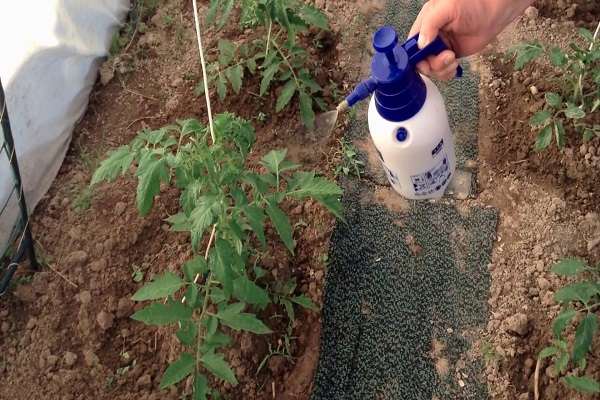
Soil preparation
Before planting tomatoes in a greenhouse, experts recommend preparing the soil. This process is carried out in the following sequence:
- Enrichment of the soil with organic substances. The ground in the greenhouse is being dug up. After that, compost, ash and superphosphate are added to it. In this case, you must accurately observe the amount of fertilizer. So, for feeding 1 m2 you will need about 4 kg of compost.
If tomatoes are grown in boxes, then for fertilizers use manureas well as peat. Experts recommend watering with nitroammophoska solution. 1 tsp is added to 2 liters of water. substances.
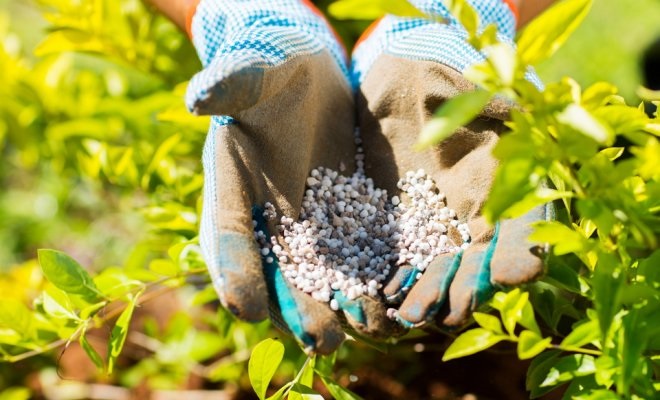
- After a few weeks, another portion of fertilizer is applied to the ground. For this, a mixture of nitroammophoska and a weak solution of potassium permanganate is used. With the help of potassium permanganate, high-quality soil disinfection is carried out.
- Picking. This process negatively affects the growing of young plants. Therefore, it is necessary to support them. For this, a week after the picking, potassium sulfate and superphosphate are added to the ground.
- Planting bushes in prepared soil. Top dressing is also carried out at the time of planting seedlings in the ground. A growth promoter is added to each well. It has a positive effect on the root system and improves its development. Also, together with this, superphosphate and a solution of nitrate are used.

Thus, the preparation of the soil in the greenhouse is carried out. When all the work is done, you can start planting seedlings.
Fertilizing during growth
You need to feed tomatoes during their growth. The process is carried out according to the following scheme:
- The first feeding of tomatoes after planting is done after a week and a half. For this, the soil around the stem is treated with a solution of potassium permanganate.
- After 14 days, an ammonium nitrate solution is added. Here, 15 g of the substance is added to a bucket of water.
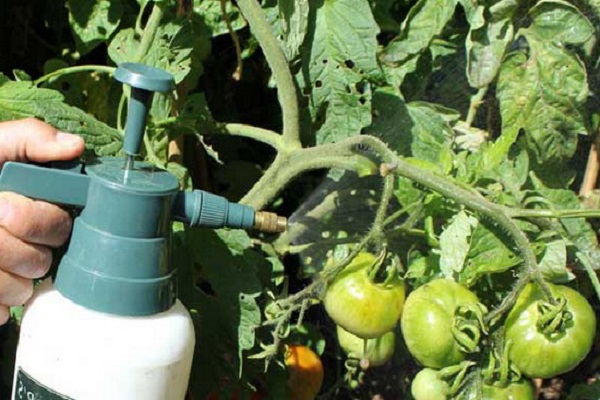
- If we are talking about growing an early variety of tomatoes, then to get a good harvest, fertilizing is carried out with a solution, which includes superphosphate, urea, and potassium sulfate. To prepare it, add 10 g of each substance to a bucket of water.
- During the flowering period, the plants are root-fed with mullein. You also need to periodically apply potash fertilizers or a concentrated solution of the same mullein.
Important: you need to breed the mullein correctly. This will prevent burns from forming. This process is best done in two steps.
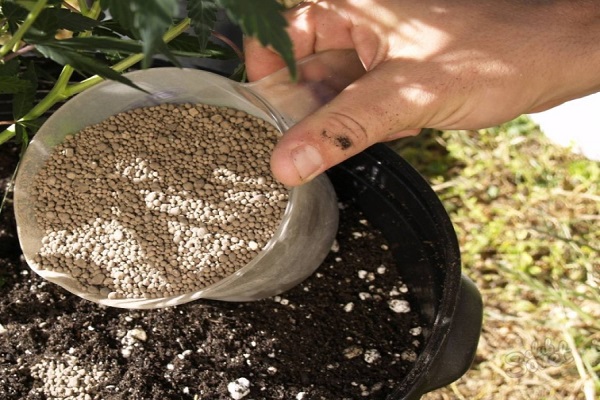
At the final stage, root feeding of the tomato is carried out in the greenhouse. It is carried out during the period of tomato fruit formation. For this, potassium sulfate and other substances are used. 10 g of these substances are added to a bucket of warm water. Ash is also added to the solution. The mixture is used in 500 ml for each bush.
This feeding scheme will provide a high yield of tomatoes from the greenhouse.
